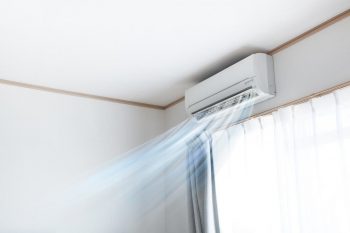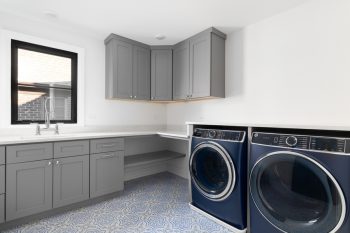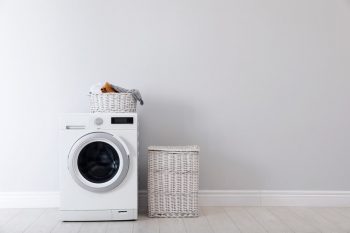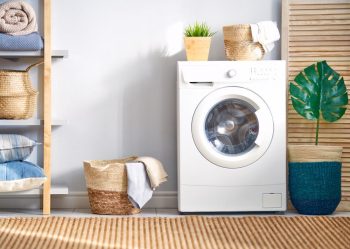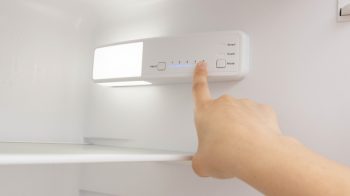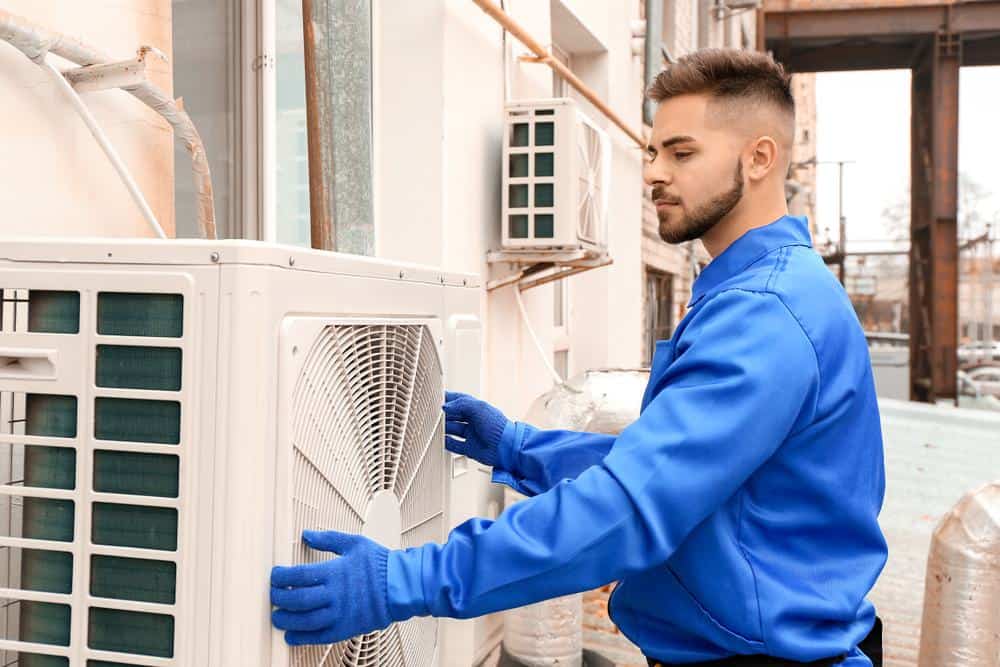
Air conditioning units are a staple in most homes and offices, especially in regions with hot climates. They provide much-needed relief from the heat and help maintain a comfortable indoor environment. But what does an air conditioner look like? While the answer may seem obvious to those familiar with HVAC systems, it’s not as straightforward as it seems. Air conditioners come in various shapes, sizes, and designs, each with its unique features and components.
An air conditioner typically consists of two main parts: an indoor unit and an outdoor unit. The indoor unit, often a rectangular box, is installed inside the home and houses the evaporator coil. The outdoor unit, a larger box, is installed outside and contains the compressor and condenser coil. However, the appearance can vary depending on the type of air conditioner – window units are a single box that fits into a window, portable units are standalone and can be moved around, and ductless mini-split systems have an outdoor unit and one or more compact indoor units.
Understanding the Basic Design
At the most basic level, an air conditioner consists of two main parts: an indoor unit and an outdoor unit. The indoor unit, also known as the air handler or evaporator, is generally a rectangular box installed inside the home, often in a closet, attic, or basement. Meanwhile, the outdoor unit, also known as the condenser, is a larger box installed outside, usually on a concrete pad or mounted on brackets.
The indoor unit houses the evaporator coil, responsible for cooling the air as it passes through the system. The outdoor unit contains the compressor and condenser coil, responsible for removing heat from the refrigerant and releasing it into the outside air. Both units are connected by refrigerant lines and electrical wiring.
Different Types of Air Conditioners
Air conditioners come in a variety of types, each with its unique appearance.
- Window Air Conditioners: These units are designed to fit into a window opening, consisting of a single box housing all necessary components, including the evaporator, compressor, and condenser. They typically come in white or beige colors, with vents on the front and sides for air circulation.
- Portable Air Conditioners: These are standalone units that can be moved from room to room. They usually have caster wheels for easy mobility and require a window or vent for exhaust. They resemble in-room dehumidifiers and are designed for easy mobility and installation.
- Ductless Mini-Split Systems: These systems consist of an outdoor unit and one or more indoor units connected by refrigerant lines. They are compact and can be mounted on walls or ceilings, providing individual temperature control for each room.
- Central Air Conditioners: This system is designed to cool the entire home by forcing cool air through ducts and out through vents. It consists of an outdoor unit housing the compressor and fan condenser, and an indoor unit housing the evaporator.
Key Components of an Air Conditioner
Understanding the key components of an air conditioner can make it easier to identify one. Here are the major parts to look out for:
- Evaporator: The evaporator coil is responsible for extracting heat and humidity from the air. It is located near the blower and contains refrigerant that absorbs heat from the air as it passes over the coil.
- Condenser: The condenser facilitates heat transfer. It is located in the outdoor unit and contains the condenser coil and a fan. The heated refrigerant gas travels through the condenser coil, releasing its heat to the outdoor air.
- Compressor: The compressor is a large electric pump that pressurizes the refrigerant gas as part of the process of turning it back into a liquid. It is located in the outdoor unit and consumes the majority of an air conditioner’s energy.
- Expansion valve: The expansion valve regulates the flow of refrigerant between the evaporator and condenser coils. It controls the amount of refrigerant that enters the evaporator, ensuring the proper balance between the two coils.
In addition to these main components, an air conditioner also includes other parts such as the air filter, refrigerant, fan, and thermostat. The air filter prevents dirt, dust, and other airborne particles from entering the air conditioner, while the thermostat is responsible for regulating the temperature.
The Evolution of Air Conditioner Designs
The designs of air conditioners have evolved significantly over the years. Early air conditioners were large and expensive, but the technology behind their operation is essentially the same as what we rely on today. Over time, air conditioners have become more compact, energy-efficient, and environmentally friendly. Some modern air conditioners even feature sleek and minimalistic designs, rounded corners, and subtle indicator lights to make them more aesthetically pleasing.
Conclusion
In conclusion, air conditioners can have different appearances depending on their type and design, but they generally consist of indoor and outdoor units or a single unit for window or portable models. By understanding the basic components and different types of air conditioners, you can better identify and choose the right air conditioner for your needs.
Frequently Asked Questions
How does an air conditioner work?
An air conditioner works by using refrigerant to absorb heat from the indoor air and release it outside. The process involves the evaporator coil (inside unit) absorbing the heat and the condenser coil (outside unit) releasing it. The refrigerant cycles back and forth, driven by the compressor, to continuously cool the indoor air.
What is the typical lifespan of an air conditioner?
The average lifespan of an air conditioner is around 15-20 years. However, this can vary depending on factors like usage, maintenance, and environmental conditions. Regular maintenance can extend the lifespan and improve the efficiency of an air conditioner.
What is the role of the air filter in an air conditioner?
The air filter in an air conditioner plays a crucial role in ensuring the quality of indoor air. It traps dust, dirt, and other airborne particles, preventing them from entering the air conditioner and being circulated back into the room. A clean air filter also helps the air conditioner function more efficiently.
Can I install an air conditioner myself?
While some air conditioners like window units and portable units can be installed by homeowners, others like central air conditioners and ductless mini-splits are best installed by professionals. Incorrect installation can lead to inefficiencies, damage, and even potential safety hazards.
How often should I service my air conditioner?
It’s recommended to have your air conditioner serviced at least once a year, ideally before the start of the cooling season. Regular servicing can help detect potential issues early, improve efficiency, and extend the lifespan of the unit.

